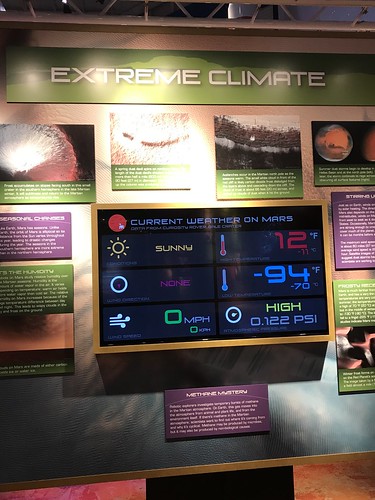In the course of onhours and ,748 (72 ) through offhours. Most of admissions (,462 2,428: 60 ) occurred for the duration of nighttime
In the course of onhours and ,748 (72 ) in the course of offhours. Most of admissions (,462 two,428: 60 ) occurred throughout nighttime period: 95 (38 ) sufferers have been admitted in the course of the very first portion (eight:003: 59), and 548 (22.5 ) for the duration of the second a part of the evening (00:007:59). Six hundred fortynine individuals were admitted throughout PD150606 site weekends and vacation days. Patient’s qualities, management, ICU LOS and mortality are summarized in Table . Population was predominantly male (62 PubMed ID:https://www.ncbi.nlm.nih.gov/pubmed/29046637 ) with a imply age of 598 years. Comparison of different groups in line with the period of admissionThe comparison between individuals admitted for the duration of onhours and offhours is displayed in Table two. The 2 groups had been comparable with regards to demographic and epidemiologic traits, severity of illness and support care. Sufferers have been more frequently admitted from the emergency division within the offhours group (three ) than in the onhours group (20 ). Duration of mechanical ventilation and ICU LOS were substantially longer for patients admitted through onhours than for those admitted for the duration of offhours (7 versus five days, p0.00 and 8 versus 7 days; p0.0 respectively). ICU mortality was nonetheless comparable in between sufferers admitted for the duration of on and offhours and reached about four . We compared sufferers admitted in the course of operating day nights and these admitted during weekends and holidays towards the reference group (individuals admitted on onhours for the duration of functioning days). The former group didn’t differ in the reference group in terms of age, sex, BMI, and SAPS II scores nevertheless it presents various options. Sufferers admitted for the duration of nightly working days have been preferentially transferred from emergencies, had substantially shorter duration of mechanical ventilation, and lowered ICU LOS than the onhours group. Similarly, patients admitted through weekends and holidays didn’t show any variations using the reference group except a larger proportion of patients from the emergency division as well as a shorter duration of mechanical ventilation (six.5 versus eight days, p 0.08). ICU mortality was again comparable to onhour sufferers group (four.five versus 5 , p 0.eight). These outcomes are summarized in Table three. We then classified the study population based on time period no matter working day or not, thinking about three groups: the initial group, regarded as as reference group, integrated individuals admitted from 08:00 to 7:59 whereas the second group incorporated individuals admitted from 8:00 to 23:59 as well as the third group admitted from 00:00 to 7:59 (Table four). Univariate analysis showed that individuals admitted in the course of the last a part of the night were transferred preferentially from the emergency department, had a drastically larger SAPS II score, have been a lot more probably to demand mechanical ventilation orand vasopressor therapy than other folks. As a consequence, this group of patients has the highest mortality rate (six.5 ) as in comparison with the openhours group (four.5 ; p 0.0) and for the group admitted through the very first a  part of the night (. ; p 0.004). Univariate analysis showed, as expected, that age, SAPS II score and life sustaining therapy (mechanical ventilation, vasopressor therapy and renal replacement therapy) have been significantly linked with ICU mortality (Table five).Multivariate analysis did confirm SAPSII, mechanical ventilation, and RRT as danger variables associated with mortality but failed to demonstrate any association amongst ICU mortality and time admission even for admissions occurring during the final a part of the night (Table six). Adjusted hazardratio of adm.
part of the night (. ; p 0.004). Univariate analysis showed, as expected, that age, SAPS II score and life sustaining therapy (mechanical ventilation, vasopressor therapy and renal replacement therapy) have been significantly linked with ICU mortality (Table five).Multivariate analysis did confirm SAPSII, mechanical ventilation, and RRT as danger variables associated with mortality but failed to demonstrate any association amongst ICU mortality and time admission even for admissions occurring during the final a part of the night (Table six). Adjusted hazardratio of adm.